A good artist should be isolated. If he isn't isolated, something is wrong
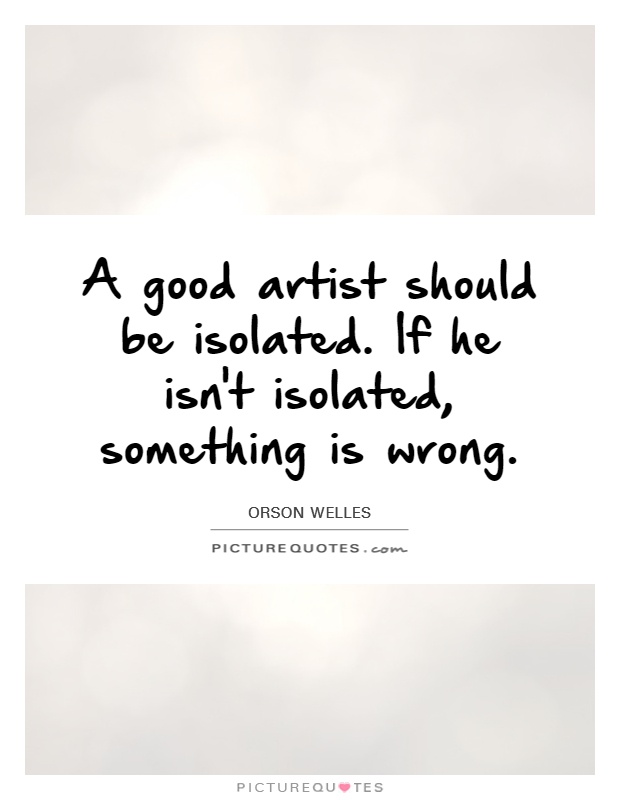
A good artist should be isolated. If he isn't isolated, something is wrong
The statement that "a good artist should be isolated. If he isn't isolated, something is wrong" is a controversial one that has sparked much debate among artists and critics alike. While some may argue that isolation is necessary for an artist to fully immerse themselves in their work and tap into their creativity, others believe that collaboration and interaction with others is essential for artistic growth and development.Those who support the idea that a good artist should be isolated often point to the examples of famous artists throughout history who have worked in solitude, such as Vincent van Gogh or Emily Dickinson. These artists are often seen as geniuses who were able to produce groundbreaking work because they were able to focus solely on their art without the distractions of the outside world. In this view, isolation allows artists to delve deep into their own thoughts and emotions, leading to more authentic and original creations.
However, the idea that isolation is necessary for artistic success can also be problematic. In today's interconnected world, collaboration and communication with others are often seen as essential components of the creative process. Many artists find inspiration and new ideas through interactions with other artists, critics, and audiences. By isolating themselves, artists may miss out on valuable feedback and perspectives that could help them grow and improve their work.
Furthermore, isolation can also have negative effects on an artist's mental health and well-being. The loneliness and solitude that often accompany isolation can lead to feelings of depression, anxiety, and self-doubt. Without the support and encouragement of others, artists may struggle to stay motivated and focused on their work.
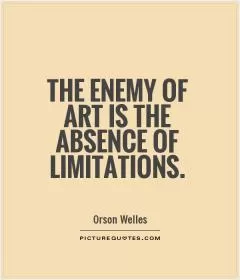
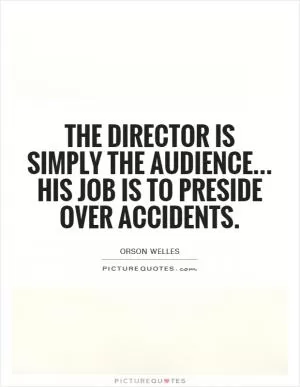

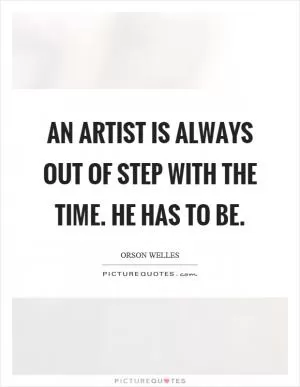
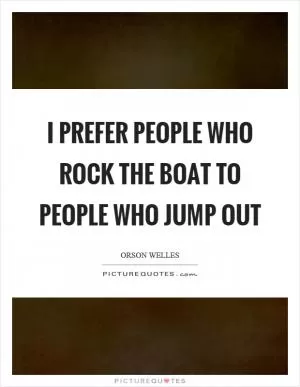
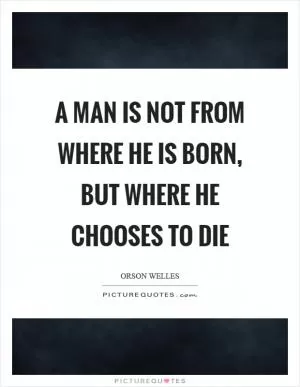
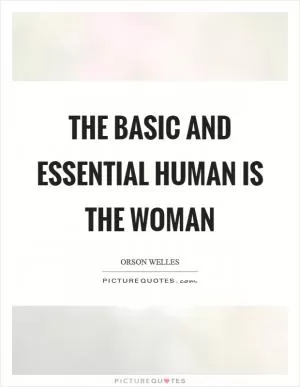

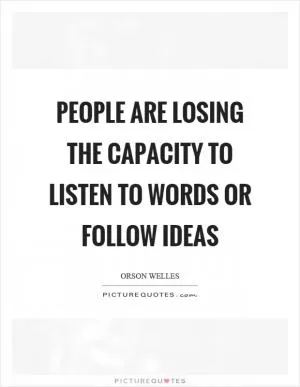
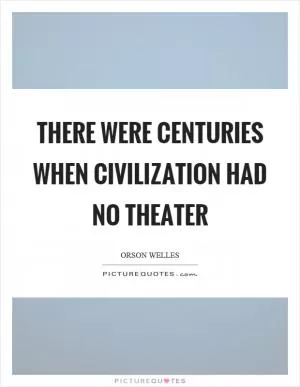


 Friendship Quotes
Friendship Quotes Love Quotes
Love Quotes Life Quotes
Life Quotes Funny Quotes
Funny Quotes Motivational Quotes
Motivational Quotes Inspirational Quotes
Inspirational Quotes